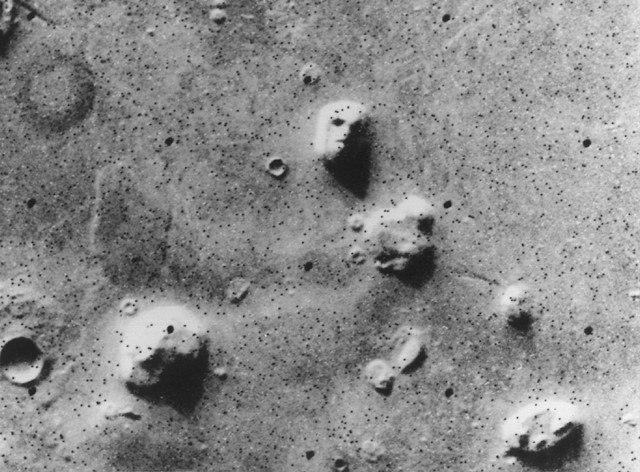Wednesday, 11 December 2013
Art and Geometry.
Jeffrey Smart is an Australian artist who lived in Italy most of his career. He died in Tuscany, June 2013. What is interesting about his work is what is hidden behind the image. Behind the work is a concern for geometrical relationships as a foundation for composition. This is very interesting and has led me on a research course to investigate philosophically how I could use this knowledge in making work with a timeless foundation.
I've always known about the golden section, as a device to organize the picture plane, but only at a mathematical level. The golden section is also commonly called the 'rule of thirds'. As I have understood it, the golden section is the basis for drawing up relational lines, that by default, produces a harmonious, and pleasing to the eye, arrangement of shapes.
Friday, 19 July 2013
'88 Constellations for Wittgenstein'
A compelling and interactive site that investigates the philosophy and world of Ludwig Wittgenstein and more.
http://www.88constellations.net/88.html
http://www.88constellations.net/88.html
Wednesday, 8 May 2013
Still to Movement in the History of Photography.

 The French nation and an Englishman are the source of all cinematography. Revolving Self-Portrait by Felix Nadar, 1865, whose real name was Gaspard-Félix Tournachon (1820-1910) was the first to combine still images to moving images.
The brothers Auguste Marie Louis Nicolas and Louis Jean Lumière held their first private screening of projected motion pictures in 1895.
Étienne-Jules Marey (1830–1904) was also influential pioneer of the history of cinema. He adopted and further developed animated photography into a separate field of chronophotography in the 1880s.
Eadweard James Muybridge (1830-1904) who was born in England and moved to America as a young man is known for his pioneering work on animal locomotion in 1877 and 1878, which used multiple cameras to capture motion in stop-action photographs, and his zoopraxiscope, a device for projecting motion pictures.
The French nation and an Englishman are the source of all cinematography. Revolving Self-Portrait by Felix Nadar, 1865, whose real name was Gaspard-Félix Tournachon (1820-1910) was the first to combine still images to moving images.
The brothers Auguste Marie Louis Nicolas and Louis Jean Lumière held their first private screening of projected motion pictures in 1895.
Étienne-Jules Marey (1830–1904) was also influential pioneer of the history of cinema. He adopted and further developed animated photography into a separate field of chronophotography in the 1880s.
Eadweard James Muybridge (1830-1904) who was born in England and moved to America as a young man is known for his pioneering work on animal locomotion in 1877 and 1878, which used multiple cameras to capture motion in stop-action photographs, and his zoopraxiscope, a device for projecting motion pictures.


Tuesday, 26 February 2013
Pareidolia
 |
| The Face of Mars |
I was at a symposium on the Namatjira hertage at Hermansberg/ Ntaria. One of the speakers talked of seeing things in the landscape like faces in profile, animals, etc and also in the paintings of indigenous watercolour painting. He touched on pareidolia to explain if this was the case for indigenous painters. Did they see ancestors and dreaming figures in the landscape? I hadn't known of this term to describe frequent visual phenomena. Of course viewing clouds has always been subject to bouts of pareidolia.
From Wiktionary.
"The Face on Mars” was one of the most striking and remarkable images taken during the Viking missions to the red planet. Unmistakably resembling a human face, the image caused many to hypothesize that it was the work of an extraterrestrial civilization. Later images revealed that it was a mundane feature rendered face-like by the angle of the Sun.
From http://www.livescience.com/25448-pareidolia.html
Pareidolia
Pareidolia is a type of apophenia, which is a more generalized term for seeing patterns in random data. Some common examples are seeing a likeness of Jesus in the clouds or an image of a man on the surface of the moon.
Famous examples of pareidolia
A prime example of pareidolia and its connection to religious images is the Shroud of Turin, a cloth bearing the image of a man — which some believe to be Jesus — who appears to have suffered trauma consistent with crucifixion. The negative image was first observed in 1898, on the reverse photographic plate of amateur photographer Secondo Pia, who was allowed to photograph it while it was being exhibited in the Turin Cathedral. Some visitors to St. Mary's in Rathkaele, Ireland, say a tree stump outside of the church bears a silhouette of the Virgin Mary. Damage to the Pedra da Gávea, an enormous rock outside Rio de Janeiro, Brazil, created an impression that many interpret as a human face.
Pareidolia
Famous examples of pareidolia
A prime example of pareidolia and its connection to religious images is the Shroud of Turin, a cloth bearing the image of a man — which some believe to be Jesus — who appears to have suffered trauma consistent with crucifixion. The negative image was first observed in 1898, on the reverse photographic plate of amateur photographer Secondo Pia, who was allowed to photograph it while it was being exhibited in the Turin Cathedral. Some visitors to St. Mary's in Rathkaele, Ireland, say a tree stump outside of the church bears a silhouette of the Virgin Mary. Damage to the Pedra da Gávea, an enormous rock outside Rio de Janeiro, Brazil, created an impression that many interpret as a human face.
Wednesday, 9 January 2013
Painting Notes

Ad Reinhardt in this cartoon was commenting on the non artist viewers arrogance asking 'what does this painting represent', as if painting is a window in which to view the world. Reinhardt was wryly illustrating that then in the 1940s, and today you don't have to ask that question. Abstraction or Non Objective art is of itself- self referential. The shock of the viewer in the second cell is the realisation that there is only the existential reading of anything in the temporal world.
Subscribe to:
Posts (Atom)